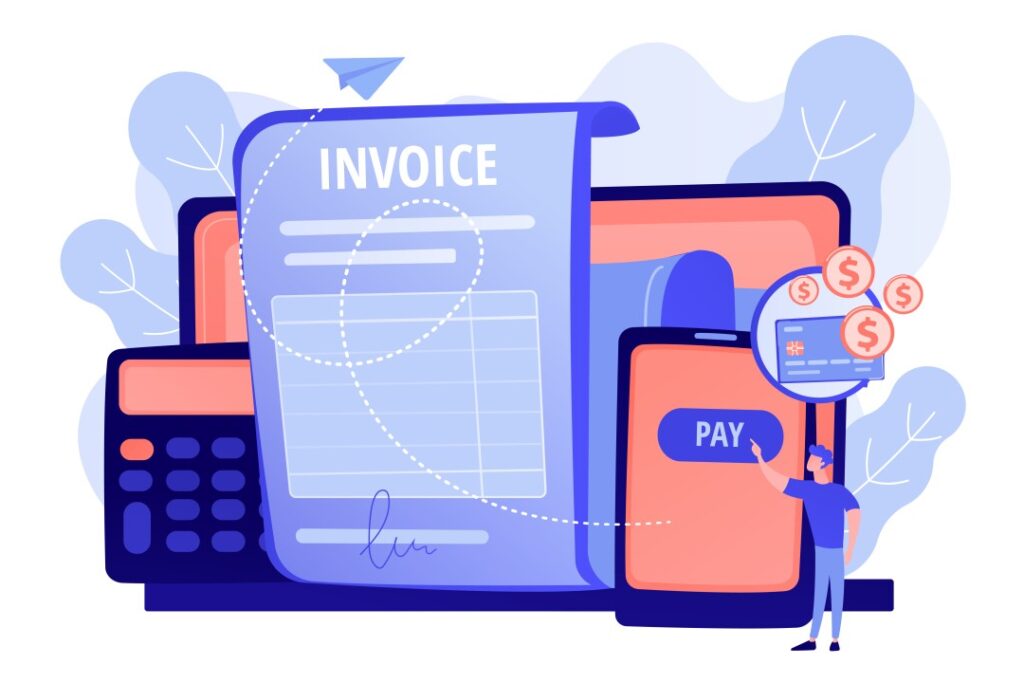10 Invoicing Mistakes That Could Cost Your Business Money
In the dynamic world of business, financial management plays a pivotal role in determining success. An essential component of this management is the invoicing process, which, if not handled correctly, can lead to significant financial losses. This article highlights common invoicing mistakes and offers solutions to ensure your business remains financially healthy and efficient.
1. Incorrect Invoice Details
One of the most common yet easily avoidable mistakes is sending out invoices with incorrect details. This can include wrong amounts, incorrect client information, or misstated services. Such errors not only delay payment but also damage your business’s reputation for professionalism.
Solution: Implement a meticulous review process before sending out any invoice. Utilize invoicing software that minimizes manual data entry to reduce the likelihood of errors.
2. Lack of Invoice Tracking
Failing to track invoices can lead to missed follow-ups on overdue payments, affecting your cash flow. Without a proper tracking system, it’s challenging to identify which invoices have been paid, is due, or are overdue.
Solution
Use invoicing software that offers tracking capabilities. This will help you stay on top of your invoices, sending reminders for overdue payments and keeping your cash flow steady.
3. Not Offering Multiple Payment Options
In today’s digital age, clients expect convenience, including how they make payments. Limiting payment options can deter clients from settling their invoices promptly.
Solution
Expand your payment options to include various methods, such as bank transfers, online payment platforms, and notably, the integration of a payments API to collect payments from Visa and MasterCard. This not only enhances customer satisfaction but also accelerates the payment process.
4. Failing to Itemize Services or Products
Vague invoices that don’t clearly itemize services or products can confuse clients, leading to disputes or delayed payments. It’s crucial to be as transparent and detailed as possible.
Solution
Ensure that your invoices clearly list all services or products provided, along with their respective costs. This clarity can help prevent misunderstandings and foster trust between you and your clients.
5. Neglecting to Send Invoices Promptly
Delaying invoice issuance can significantly disrupt your cash flow. The sooner an invoice is sent, the sooner you are likely to be paid.
Solution
Develop a routine for issuing invoices immediately upon delivery of a product or completion of a service. Automating your invoicing process can help with this, ensuring invoices are sent out consistently and without delay.
6. Not Applying Late Fees for Overdue Payments
Failing to enforce late fees can lead to a lax attitude toward payment deadlines among your clients, affecting your cash flow.
Solution
Clearly state your payment terms, including late fees, on every invoice. This sets clear expectations and encourages timely payments.
7. Overlooking Tax Compliance
Tax regulations can be complex and vary by location. Inaccurate tax calculations or failing to include necessary tax information can lead to legal issues and financial penalties.
Solution
Stay informed about the tax laws applicable to your business. Consider consulting with a tax professional to ensure your invoices comply with local tax regulations.
8. Using Unprofessional Invoice Templates
First impressions matter, even in invoicing. An unprofessional invoice can undermine your credibility and affect how clients perceive the value of your services or products.
Solution
Utilize professional invoice templates that reflect your brand’s identity. Many invoicing software solutions offer customizable templates that can help you create a professional and consistent look.
9. Inadequate Payment Terms
Vague or nonexistent payment terms can lead to confusion and delayed payments. It’s essential to establish clear, understandable, and reasonable terms for your clients.
Solution
Define concise payment terms, including due dates, accepted payment methods, and any late fees. Make sure these terms are prominently displayed on every invoice.
10. Ignoring the Importance of Follow-up
Not following up on unpaid invoices can significantly impact your business’s financial health. A lack of follow-up may signal to clients that timely payment isn’t a priority for your business.
Solution
Establish a systematic process for following up on unpaid invoices. Gentle reminders can be sent out initially, escalating to more direct communication if payments continue to be delayed.
Conclusion
Invoicing mistakes can have far-reaching consequences on your business’s financial stability. By addressing these common errors and implementing the solutions provided, you can streamline your invoicing process, enhance client satisfaction, and secure a steady cash flow. Remember, the key to successful financial management lies in attention to detail, leveraging technology, and maintaining clear communication with your clients. With these practices in place, your business is well on its way to achieving financial efficiency and reliability.

























